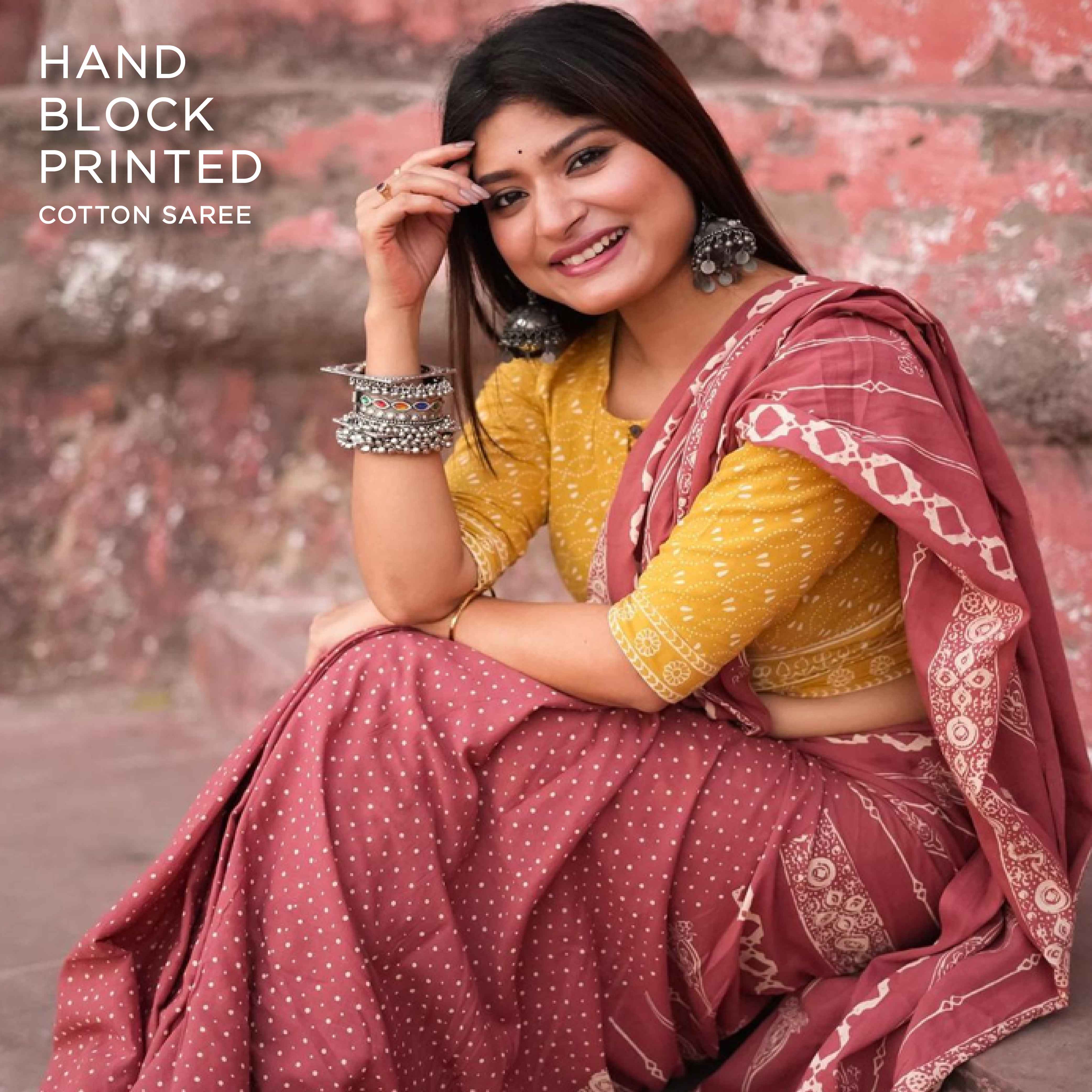Kalamkari or Qalamkari- The name itself opens a door to a new world. A world that breathes the timeless era of the medieval period and ancient folklore. If we break the word Kalamkari it comes as “Kalam” which means “pen” and “qari” meaning “work”.Thus, making it an artwork that is done by pen. An art passes by our ancestors which has the power to encapsulate the tales of history, narrating us the vows of that time.

History
Kalamkari is one of the oldest forms of artwork in India. It is dated back about 3000 years, much before the modern civilization exists in the sands of time. The initial artwork of Kalamkari art can also be spotted on the walls of old-temples and forts. It is believed that the musicians and painters travel from village to village telling and narrating stories of Hindu Mythology. They often illustrate it on a canvas, fabric, or leaves. Though, it lived fully in the Mughal periods, where it gets acknowledged for its rich originality. It gets a wealthy peak in Golconda Sultanate, Hyderabad in the middle ages. The Mughal artisans who practice this art form in Coromandel and Golconda province are called “Qualamkars” which evolved in the word “Kalamkari”.

The art branched into two parts,’ Kalahasti’ and ‘Masulipatnam’
Masulipatnam- A city located 200 miles east of Hyderabad. The Kalamkari practiced here was highly influenced by the Muslim rulers in Golconda. Inspired by the Persian motifs and designs. First, the primary outline was carved on the blocks and then the finer detailing was done by the pen. Under the British Raj, it was modernized and evolved to use portraits of Englishmen

Kalahasti- A small city situated 80 miles north of Chennai. The Kalamkari art of Kalahasti artisan is hugely borrowed by the tales from Hindu mythology, like the Ramayana and the Mahabharata. The Kalahasti style is more freehand drawing with the intricate filling done by vegetable/natural dye. The artist uses bamboo and date palm sticks as pens to draw.

Kalamkari Technique Used in Present Day
The whole process of Kalamkari art is tedious and requires a whole lot of patience. It begins with treating the fabric (usually cotton or silk) in the solution of cow dung, buffalo milk, and bleach for long hours. The fabric is treated and tripped many times to lend it a uniform off-white color base. Followed by washing it in a pond or tank . The fabric is then treated with Myrobalan and water solution to remove the odor. It is again washed several times with the normal water and dried in the sun. After this, the fabric is ready for printing. The Kalamkari designs are intricately painted on the fabric with proper detailing. The process evolved by filling it with vibrant natural dyes.



Color Theme
The color used in the art purely depends upon the cloth and the painting. The complete piece is usually found following a mellow color palette with a rare occurrence of bright shades. The real beauty of any Kalamkari art comes after repeated washing.

Today, the legacy of this 3000-year old craft still survived, untouched and untarnished. Breathing through its simplicity and uniqueness. Though it has beautifully absorbed the modern influence of vibrant colors, screen printing, and urban prints, still speaks loudly about its rich tradition and culture.
(Image Reference: Google)







